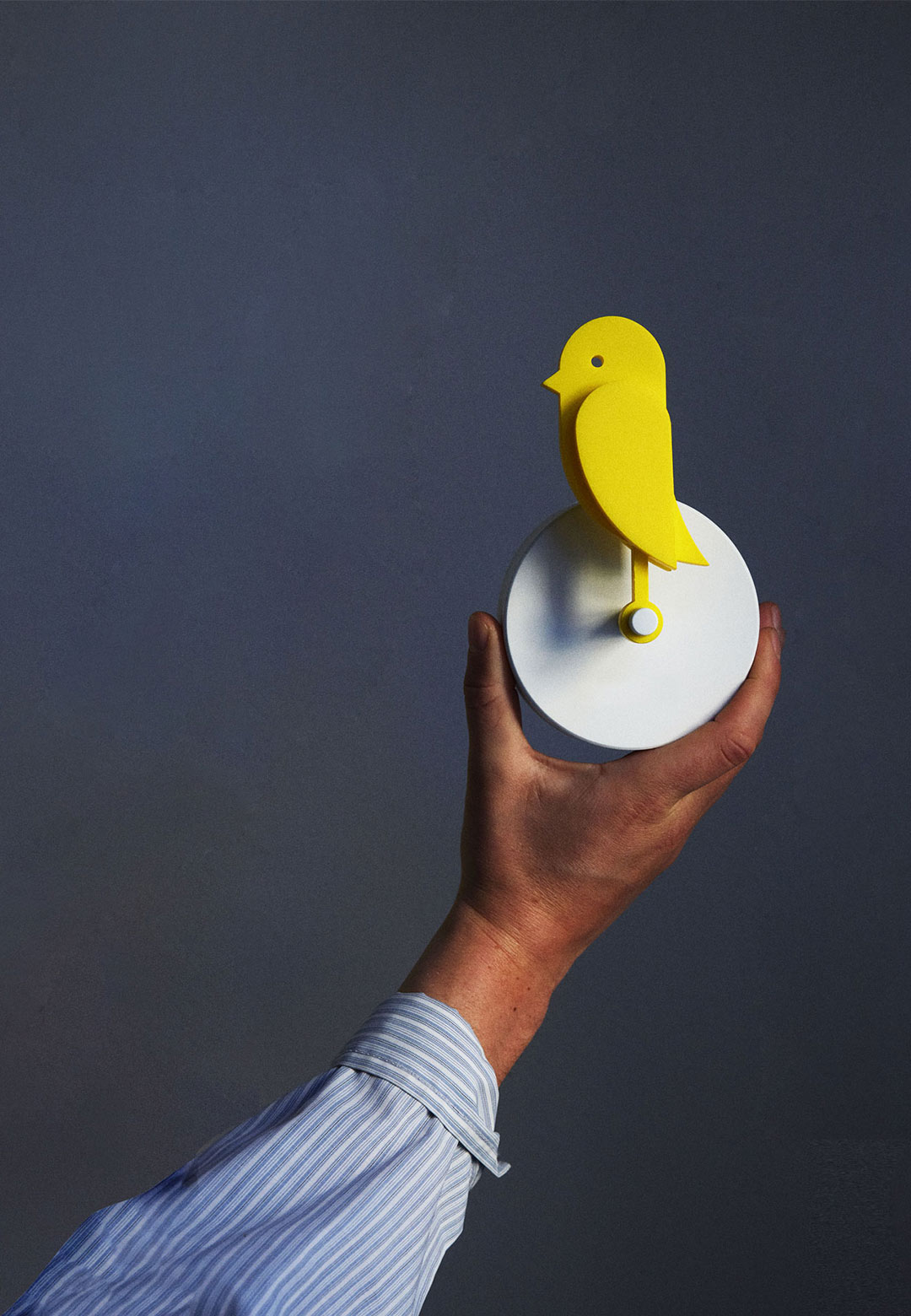For most of history, machines have been designed and used by the common populace in ways that did not conceal their mechanisms. For instance, the rotating blades in plough machines visually demonstrate the act of loosening up the soil for sowing seeds. Paddy crushers or dhenkis, still used by farmers to aid the processing of rice, encompass a long log fulcrum in the middle, which illustrates the mechanism of levers—lessons on which span several chapters within our theoretical Physics books.
One can allege that industrial designs, contemporary designs and more recently, the onslaught of digital technology and with it, the popularisation of ‘clean’ interfaces have rendered objects designed for the physical world quite mundane, without an element of surprise or charm. Additionally, they have eschewed the integration of mechanisms within the design. The processes that lead to a certain output are now commonly hidden behind immaculate minimalist forms. This decline in the integration of processes and the personalisation of product designs—that can emulate a distinctive style, hint at the function of the object, invite curiosity or are imbued with an eccentric personality—has rendered objects… arguably boring.
Against this paucity of attractive designs, the simple configuration of the Birdie® — Fresh Air Monitor™ stands out bright in yellow. Birdie® is a fresh air monitor designed by childhood friends Andreas Kofoed Sørensen and Hans Høite Augustenborg. The two grew up in a small village called Hellebæk, located north of Copenhagen in Denmark, and started the company Birdie® after Augustenborg thought of creating a visible solution for the invisible problem of poor air quality.
At first glance, Birdie® encourages the user to inquire about its function and the inspiration behind its form. One may ask, how are the two—the bird and our proximal air quality—linked? The Danish designer answers: “Back in the days, mine workers would bring a canary with them in the coal mine, to detect toxic gases. When the bird fainted, it was time to get out. With a built-in CO2 sensor, Birdie® works exactly the same way—but in your home, office or classroom. When the air quality is poor the bird will drop, until you open your windows and bring it back to life.” Even the colour of the original design is inspired by the ‘canary in the coal mine,’ which is typically yellow. The designers additionally finalised this colour since it is also associated with the sun, sunny days and fresh air, which the product is all about. Later iterations of the design come in solid pink and blue hues.
Emulating the canary in the coal mine (which miners began using around 1911), Birdie® seeks to address an issue that now impacts urban regions globally. “90 per cent of our life is spent indoors, often in poor air quality, increasing the risk of asthma, headache, fatigue and sleep disorders. Experts suggest that one of the best ways to improve indoor air quality is by ventilating frequently,” the press release mentions.
The intuitive quality within Birdie® and its subsequent expressive output in a sentient manner, helps ascribe a level of consciousness to the product, which humanises the design. In contrast with typical air quality monitors that notify via blinking light signals, alarm sounds or phone notifications, Birdie® communicates subtly, without creating a vexing urgency that can often seem off-putting. The understated gesture, also incessant, softly nudges the user to take action to improve their indoor air quality.
Apart from the fresh air monitor, Birdie® comes in a box that includes a wall mount with a screw and charging cables ranging from USB-C to USB-A typologies. The battery lasts up to six months and can be recharged in approximately three and a half hours. Each piece is designed to monitor a space of up to 100 square metres and should ideally be hung at a height of 1.5 - 2.5 metres.
Birdie®, made out of recycled plastic, also manages to satisfy the founders' overarching goal of retaining and encouraging sustainability and sustainable practices.
Birdie® is integrated with a nondispersive infrared (NDIR) sensor sourced from the Swiss company Sensirion. The sensor builds on the photoacoustic NDIR sensing principle and Sensirion’s patented PASens® and CMOSens® technology. Birdie® drops when the level of carbon dioxide is higher than 1,000 ppm for more than 10 minutes. It stands again when this level drops below 800 ppm. According to The World Green Building Council and Harvard University T.H. of Public Health, air monitors such as Birdie® help improve health and well-being, and enhance concentration and productivity.






 Sign in with email
Sign in with email










What do you think?